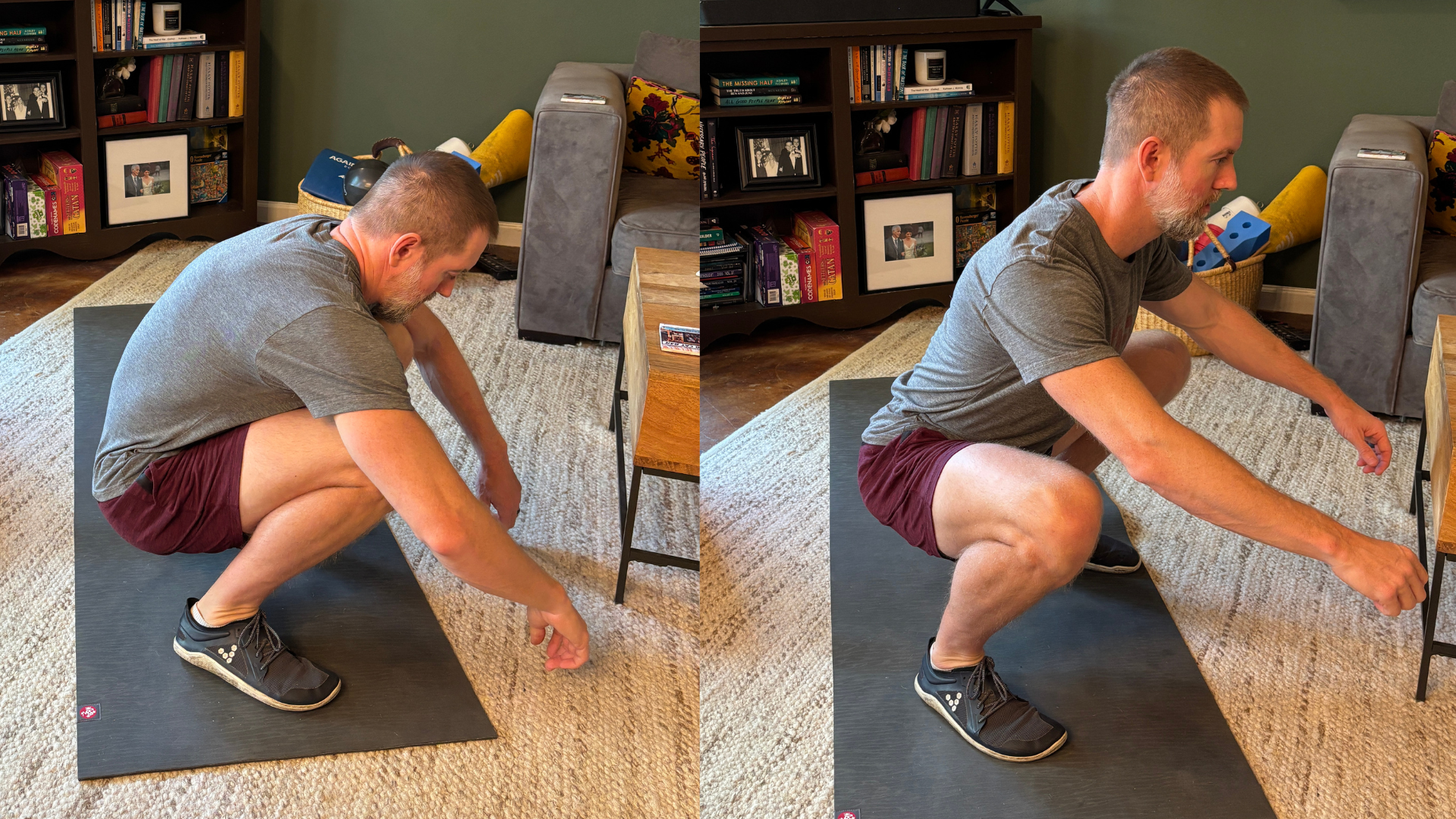Spotlight on Vitamin D
Written By Kelly Dodds - Masters in Nutrition and Human Performance
It’s winter– days are shorter, we’re more bundled up, and staying indoors more– which means our bodies are probably not getting much sunlight exposure, our main source of vitamin D. During the summer when we get regular sunlight exposure, UV light causes a chemical reaction in our skin cells that turns cholesterol into vitamin D. Vitamin D is a fat-soluble vitamin that we can store in our fat cells when we make surplus vitamin D during the summer months so that we have some stored for winter months when we lack exposure to sunlight.
Vitamin D actually acts as a hormone and has many roles in the body:
Bone Health: Vitamin D is critical for calcium absorption in the intestines, which is necessary for maintaining strong and healthy bones. Deficiency can lead to conditions like osteomalacia or osteoporosis in adults.
Immune Function: Adequate levels of vitamin D enhance the body's ability to fight infections and reduce inflammation. Studies suggest that it plays a role in modulating the immune response, potentially lowering the risk of autoimmune diseases.
Muscle Function: Vitamin D supports muscle function, reducing the risk of falls and fractures.
Chronic Disease Prevention: Research indicates that vitamin D may lower the risk of chronic diseases, including cardiovascular disease, diabetes, and certain cancers.
Vitamin D deficiency is relatively common, with an estimated 20-40% deficient in the US and many more considered to have insufficient levels of vitamin D. There is no current consensus among experts defining the threshold for deficiency, so these statistics are difficult to determine. The Institute of Medicine defines vitamin D deficiency as serum levels less than 30 nmol/L. However, the Institute of Endocrinology defines deficiency as levels under 50 nmol/L. Deficiency is linked to skeletal deformities, fractures, falls, chronic diseases (cardiovascular, diabetes, cancer, autoimmune), chronic pain, muscle weakness, and neurological and mood disorders.
Maintaining optimal vitamin D levels requires a combination of adequate sun exposure and dietary intake; but sometimes supplementation is necessary.
Tips to safely maintain your vitamin D levels:
Sun Exposure:
Aim for 10-30 minutes of midday sun exposure several times a week. Timing may vary depending on your skin tone, location, and season.
Use caution to avoid excessive sun exposure (like a sunburn), which can increase the risk of skin cancer. Balance is key.
Dietary Sources:
Include vitamin D-rich foods in your diet, such as fatty fish, egg yolks, and fortified foods like milk.
Mushrooms exposed to UV light are also a good plant-based source.
Supplementation:
If you’re unable to meet your needs through diet and sunlight, consider vitamin D supplements. The recommended dietary allowance (RDA) varies by age, gender, and life stage:
Adults are recommended to take 400-800 IU/day if levels are below 30-50 nmol/L (12–20 ng/mL) until sufficient serum levels are reached (50-100 nmol/L or 20-40 ng/mL).
Be aware that too much supplemental vitamin D can lead to toxicity; taking 4,000 IU (100 mcg) daily or more can lead to toxicity.
Regular Testing:
Regular blood tests can measure your vitamin D levels, typically reported as 25-hydroxyvitamin D. Levels above 30-50 nmol/L (12–20 ng/mL) are considered sufficient for most people, while levels above approximately 125–150 nmol/L (50–60 ng/mL) can lead to adverse health effects.
Why Getting Nutrients Naturally is Better than Taking Supplements
People typically want convenience and quick fixes, so dietary supplements have become pretty mainstream. According to the Council for Nutrition, over 75% of Americans take some form of dietary supplements. While supplements may seem like an easy way to meet nutritional needs, evidence suggests that obtaining nutrients from whole foods is generally superior. Here are some of the reasons:
Bioavailability and Complementary Nutrients: One critical factor that favors natural food sources is bioavailability—the degree to which nutrients are absorbed and utilized by the body. Studies have shown that nutrients from whole foods are often more bioavailable than those from supplements. For example, the body absorbs calcium more effectively from dairy products than from calcium supplements. Similarly, vitamin C from fruits like oranges and kiwis is better utilized than synthetic ascorbic acid found in pill form.
Whole foods contain synergistic compounds, such as fiber, enzymes, and phytonutrients, which enhance nutrient absorption. Supplements, on the other hand, lack these complementary components, limiting their effectiveness.
Furthermore, whole foods provide a complex array of vitamins, minerals, antioxidants, and other bioactive compounds that supplements cannot replicate. For example, an apple contains fiber, vitamin C, potassium, and a variety of polyphenols, all of which work together to promote health.
Reduced Risk of Overdose and Toxicity: When consumed in excessive amounts, certain supplements can lead to toxicity and adverse health effects, especially fat-soluble vitamins. For instance, high doses of vitamin A supplements can cause liver damage and birth defects, while excess iron can lead to gastrointestinal distress and organ damage. In contrast, it is rare to experience nutrient toxicity from whole foods, as they naturally balance nutrient concentrations and are accompanied by appetite-regulating signals.
Lack of Regulation and Quality Concerns: In the United States, The Food and Drug Administration (FDA) does not pre-approve supplements for safety or efficacy before they reach the market. As a result, products may contain contaminants, toxins, inaccurate labeling, or inconsistent dosages. Whole foods, on the other hand, are subject to food safety regulations and offer a more reliable option for meeting nutrient needs.
Health Outcomes Linked to Whole Foods: Numerous studies find health benefits of obtaining nutrients from natural sources. Diets rich in fruits, vegetables, whole grains, and lean proteins are associated with a lower risk of chronic diseases such as heart disease, diabetes, and certain cancers. Many studies that link specific nutrients to positive health outcomes are nutrients obtained from food sources, vs supplement sources. Unfortunately, supplements have not consistently demonstrated comparable benefits. In some cases, high-dose supplements may even be harmful. For instance, randomized controlled trials have linked excessive vitamin E and beta-carotene supplementation to an increased risk of certain cancers.
Health Outcomes Linked to Vitamin D Supplements: Though a considerable percent of the population has a vitamin D level below 50 nmol/L (insufficient), vitamin D supplements have not provided much evidence that they improve health outcomes or increase lifespan, other than improving bone health in those who are vitamin D deficient. Vitamin D supplements when combined with calcium have shown to improve bone health in older adults whose levels were previously insufficient. However, clinical trials have failed to provide evidence that vitamin D supplementation can prevent most other diseases, including cardiovascular disease, cancer, diabetes, multiple sclerosis, depression, or dementia.
A moderate dose of 400-1000 IU vitamin D daily seems to be safe. Though, over-supplementation can lead to hypercalcemia (elevated blood calcium levels), kidney failure, kidney stones, cardiovascular calcification, and worsening of certain cancers and multiple sclerosis.
Tips for Obtaining Nutrients Naturally:
Get Regular Sunlight Exposure: 10-30 mins per day is recommended. Aim for the longer range during winter months or if skin pigmentation is darker. Avoid sunburns.
Diversify Your Diet: Include a variety of fruits, vegetables, legumes, lean proteins, whole grains, and healthy fats to ensure a variety of nutrients.
Avoid Processed Foods: Processed foods generally lack nutrients. Consuming them versus whole foods will fill you up without providing the nutrients you need– “empty calories.”
Meal Plan and Prep: Preparing meals allows you to control ingredients and maximize nutritional content.
Consult a Nutritionist: If you have specific dietary restrictions or health conditions, a nutrition professional can help you create a balanced meal plan.
Take Action:
Aim for 15 mins of sunlight between 10am-2pm [most days, weather permitting]. A lunchtime walk or jog outdoors would be a great way to get some sun, so you can take a layer off when you warm up and expose more skin in a short sleeve shirt or shorts.
Eat at least TWO [5-6 oz] servings of fish per week (salmon, mackerel, rainbow trout, tuna, herring, sardines, tilapia).
Other food sources are mushrooms, fortified dairy, fortified OJ, egg yolks.
Eat at least FIVE [½-1 c] servings of fruits and veggies per day to get vitamins & minerals from natural sources. Extra bonus if you can get to 10 servings per day.
Eat a variety of foods from all food groups: proteins, legumes, WHOLE grains, vegetables, fruits, and low fat dairy (or dairy alternatives that are fortified with calcium & vitamin D).









